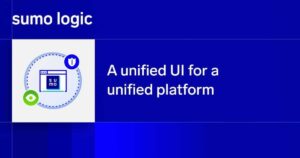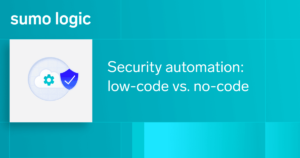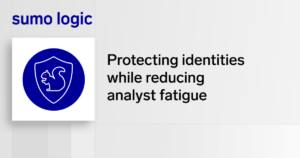One of the most pressing challenges facing cyber security professionals nowadays is probably the sheer number of security incident alerts, which is becoming too high to cope with even for the most expansive and well-equipped security teams. The increased number of alerts is a result of two factors at play, with the exponential boost in cyber attacks in recent years being the more obvious and straightforward one, the other is certainly much more complex and might also seem a bit ironic and surprising, as it arises from the growing use of different tools and devices within an organization, whose original function is to detect and mitigate incidents in the first place.
Security Operations Centers (SOCs) are now utilizing more devices designed to alert security analysts of cyber attacks than ever before, with the side-effect being too many alerts for the security teams to handle. Consequently, some of the most credible threats go undetected or are simply not acted upon.
Addressing the threat noise issue
With so many systems monitoring potential security threats and incidents creating alerts and also taking into consideration that in many cases SOCs are severely understaffed, it comes as no surprise that analysts have a hard time staying on top of every single alert and responding to them appropriately and in a timely fashion. Since they don’t have the time or sufficient human resources to handle all alerts, SOCs often choose to disregard some and try to focus on those they deem to be credible, which understandably can lead to real threats slipping through the cracks and inflicting serious and irreparable damage to organizations.
In an effort to address the issue of threat noise, some SOCs opt for either reducing the number of devices generating alerts or expanding their number of staff, but while seemingly simple and straightforward, these options can be both counterproductive and quite costly. However, these are not the only possible solutions to this challenge standing at the disposal of SOCs, as there is another alternative, which would neither allow alerts to go undetected nor require hiring additional security analysts.
Automating the most time-consuming parts of the process
While the number of alerts generated by monitoring devices in some cases doesn’t necessarily have to be a reason for concern for SOCs in itself, the fact that alerts take a significant amount of time to analyze and handle efficiently often makes them an insurmountable challenge for understaffed security teams. One potentially very promising tactic to tackle this challenge effectively is by enabling an automated response to some specific types of alerts, in an approach that is thought to be able to yield a wide range of benefits to organizations.
The idea is to automate the routine tasks that are repetitive and that do not require a lot of human expertise but do usually take a lot of time to respond to and handle. By automating the response to these types of alerts, SOC analysts get more time to handle the alerts that pose a greater risk to their organizations, which must be analyzed in a more focused and comprehensive manner.
As noted in a recent SANS Spotlight paper titled “SOC Automation – Disaster or Deliverance”, written by Eric Cole: “The rate at which organizations are attacked is increasing, as is the speed at which those attacks compromise a network – and it is not possible for a human to keep up with the speed of a computer. The only way to beat a computer is with a computer”.
However, it must be noted that the implementation of incident response automation itself brings a certain degree of risk to organizations, as it might produce false positives, with analysts not being able to determine whether specific alerts are legitimate threats or not. This means that if automation is not properly implemented with predetermined processes and procedures in place, they may end up spending much of their time analyzing alerts that aren’t actual attacks and don’t pose any foreseeable danger. Having said that, organizations should not shy away from automation because of these potential drawbacks, but should instead implement it in a balanced and well thought out manner. The key is to manage and control false positives as opposed to simply eliminating them. It is therefore important to only automate the low-risk alerts that are not expected to have a major impact on an organization and leave the more serious threats to be handled by security professionals who can apply their expertise to resolve them.
When deciding whether to adopt automation or not, organizations need to be aware of its pros and cons, and if this assessment is carried out correctly, they will inevitably realize that the advantages of incident response automation clearly outweigh the disadvantages, which can also be easily controlled and managed to minimize any potential negative impact.
Looking at the pros and cons of automation, it’s easy to see that the most important benefit is the fact that it allows SOCs to monitor and analyze many more incidents than doing it manually, opening up the security team’s bandwidth to focus on the high-risk and high-impact alerts. Other key benefits also include more consistent response to alerts and tickets, a higher volume of ticket closure and response to incidents, as well as coverage of a larger area and larger number of tickets. On the other hand, automation can yield false positives that for their part can lead to directing time and resources towards resolving alerts that are not legitimate attacks, consequently leading to organizations potentially shutting down operations, having an impact on their business and their bottom line.
All said and done, incident response automation has the potential to bring significant benefits to organizations, provided that it’s implemented properly and cautiously, with a well-thought-out strategy. Overall it should be a serious consideration for any SOC that has to handle large volumes of alerts on a daily basis.



